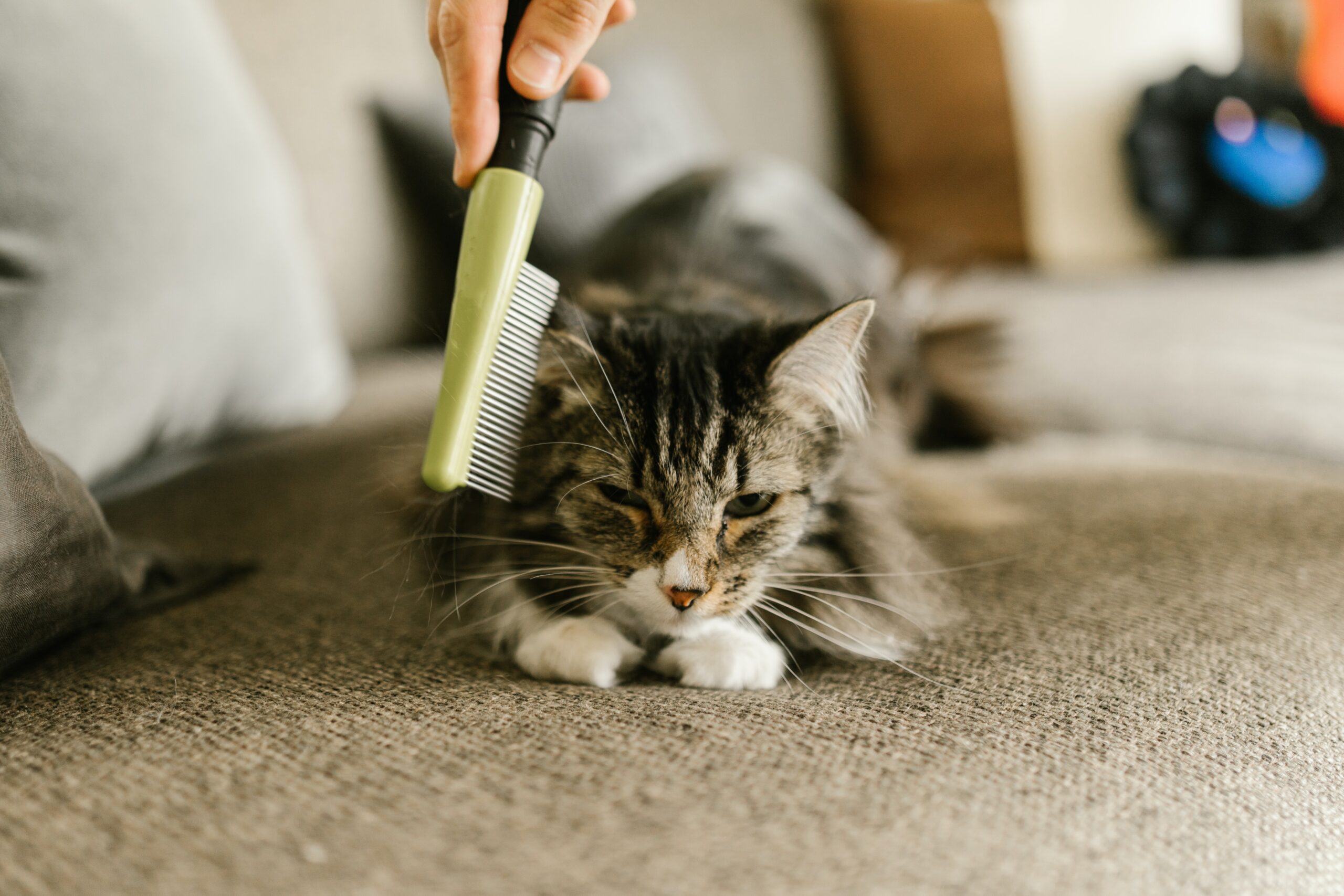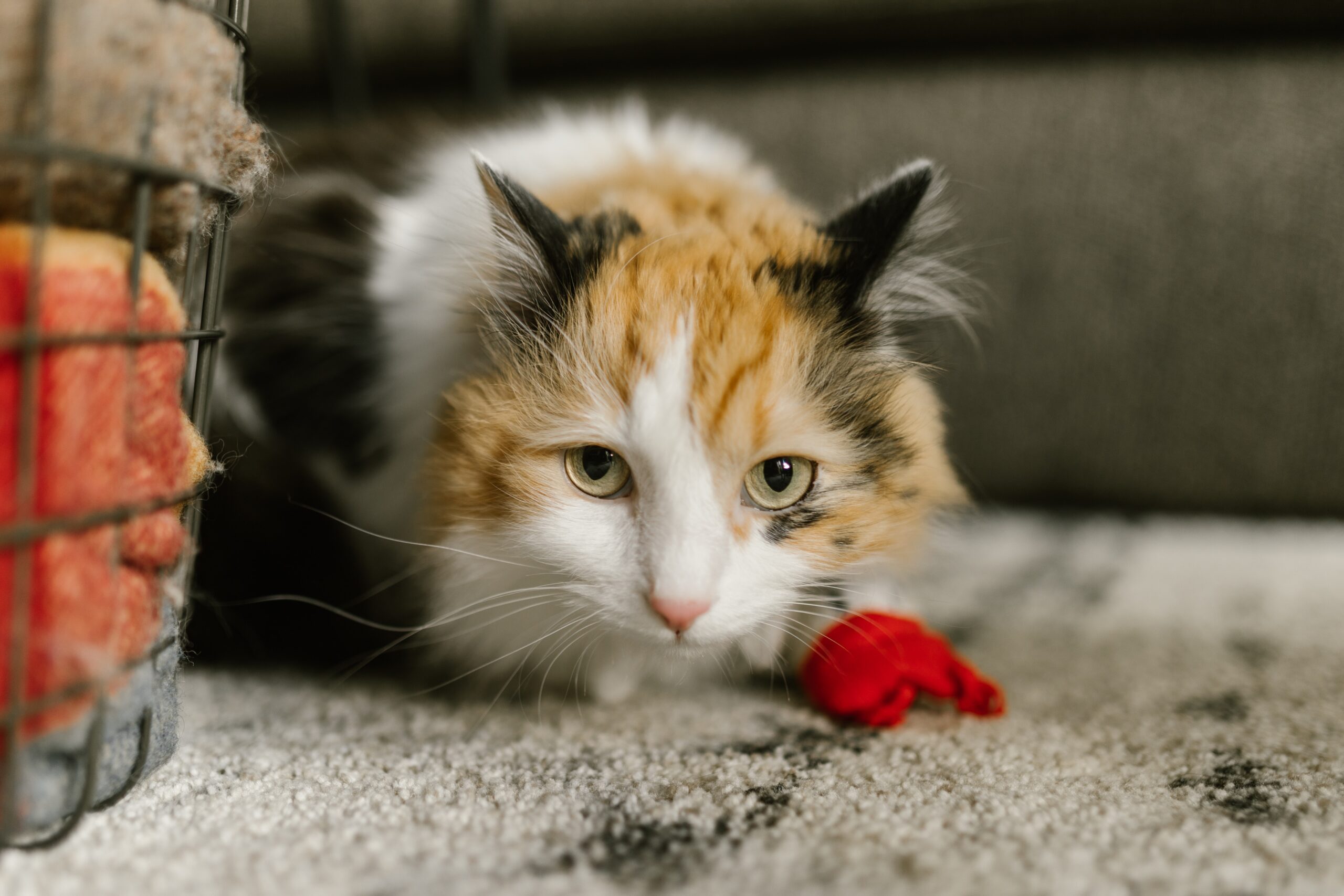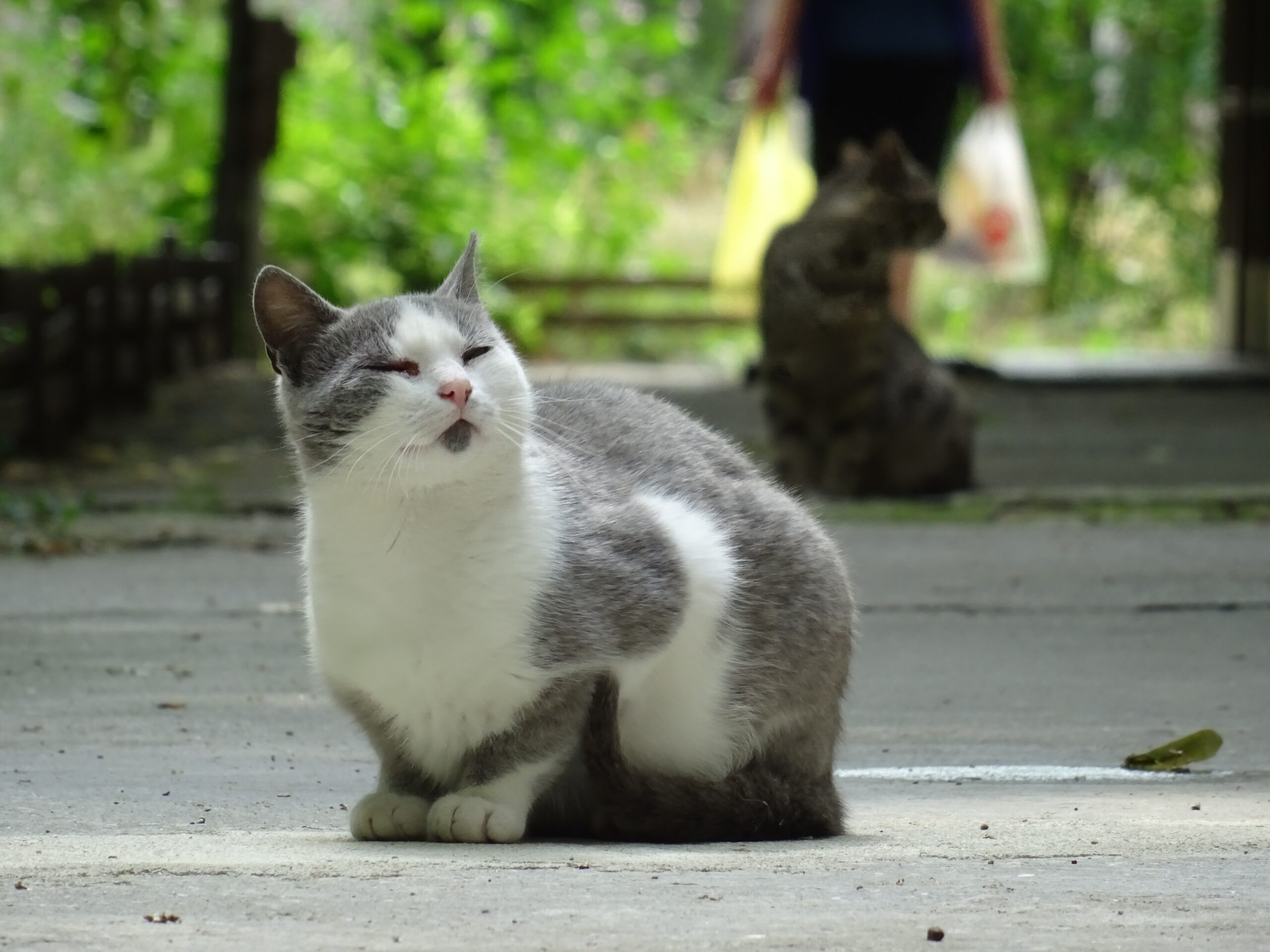There are several stages in a cat’s life, and each stage has different needs. In this article, we will discuss the complete guide to a cat’s life cycle. We will cover everything from birth to death, and everything in between!
So whether you’re a new cat parent or just curious about cats, read on for all the information you need!
Another interesting read: Cat Sleeping Body Language – What Do They Tell?
Table of Contents
Cat Life Cycles-From Pregnancy To Death
The first thing you should know about cats is that they are not all the same. Many times, if your cat does something for one reason, it’s probably going to do the same thing again at some point in its life. When a cat grows up or when it gets old and needs extra help, it will usually be because of changes that have taken place in its life.
However, it’s important to remember that cats are not like dogs. They don’t bark at strangers or play fetch with balls. Cats need a lot of attention from their owners and they also require quite a bit of space to roam around in order for them to feel comfortable and happy.
Since cats can be territorial creatures, they may not always get along with other animals, so it’s important to keep this in mind when you are introducing a new pet into your home.
Now that we know a little bit about cats, let’s take a look at their life cycle and see what kind of things owners need to be aware of during different stages of their pet’s life.
Kittens

When kittens are born, they are completely dependent on their mother for everything. They are blind, deaf, and have no fur. Kittens will start to open their eyes around ten days old and will begin to wean themselves from their mother’s milk by three weeks old.
Another interesting read: Why Are Cats Tongues Rough And Their Uses?
At this point, they will begin to eat solid food and will wean themselves from their mother’s milk by three weeks old. Kittens have very sharp teeth at this age, so it’s important not to let them chew on anything except soft toys until their adult teeth come in around four months old.
Young Cats
Kittens reach maturity around six months old and will be fully grown by one-year-old. By this age, they will have learned how to hunt and care for themselves. Young cats need a lot of playtime in order to keep themselves from getting bored and into trouble.
They also need plenty of good quality food and water to help them grow up big and strong. It’s important not to let young cats wander too far from home unless you’re willing to take on the responsibility of caring for a kitten that isn’t yours!
Keep in mind also that young cats will be very curious about new things and may get themselves into trouble if left unattended for long periods of time.
Adult Cats
Adult cats typically have a lifespan of around fifteen years, but this can vary depending on the individual cat’s health and lifestyle. Adult cats need one or two meals per day, with plenty of fresh water available at all times.
They should also be given a litter box and someplace to scratch (a scratching post is ideal). Adult cats should be spayed or neutered in order to prevent unwanted litters from being born into the world without homes.
Senior Cats


Cats that are considered seniors, typically considered to be around seven years old, may start to experience health problems and will need extra care from their humans.
In the last few months of a cat’s life, you may start to see changes in its behavior, such as a decreased appetite, weight loss, and difficulty breathing. If your cat is showing any of these symptoms, it’s important to consult with a veterinarian to get a diagnosis and treatment plan.
Another interesting read: Symptoms Of Unhealthy Cat Claws And Its Cause
There are many ways that you can help your aging cat feel comfortable and happy during its final months or years. You can buy a heated bed for it to sleep in, give it soft food that is easy to chew and make sure its litter box is always clean.
Most importantly, you should spend as much time with your senior cat as possible so it knows you are there for it.
Death and burial
When a cat passes away, you’ll need to decide whether or not you want to have its remains buried or cremated. If your cat was very young, it may be best for them to be buried so they can spend eternity with their family who loved them dearly.
If you choose cremation, this process generally takes about two weeks and costs about $200 for an individual cat or kitten (though larger animals like dogs will require more time and money).
It’s important to note that these prices do not include transportation of the deceased animal from your home to our facility; this cost must be figured into budgeting considerations.
Another interesting read: What Is The Difference Between Female And Male Cats?
If you’re thinking about burial, there are many different ways to go about it. You can bury your cat in your backyard, purchase a pet cemetery plot, or have its ashes buried at a pet cemetery. The cost of burial will vary depending on the method you choose but typically ranges from $100-$300.
Things To Remember!
No matter what stage of life your cat is in, it is important to provide it with plenty of love, attention, and care. With a little bit of effort on your part, you can make sure your cat has a happy and healthy life!
In its life cycle, a cat goes through different stages where it needs different types of care from its owner. Kittens, for example, are completely dependent on their mother for everything and should not be left alone for long periods of time.
Young cats need plenty of playtime to keep themselves from getting bored and into trouble. Adult cats typically require one or two meals per day and a litter box.
Senior cats may start experiencing health problems in their last few months or years, so it’s important to consult with a veterinarian if your pet is showing any signs of illness.
Wrapping Up
cats go through several different stages during their lifetime. Each stage has its own unique needs, and it’s important to be aware of what to expect during each stage. By understanding your cat’s life cycle, you can provide them with the best possible care!
Thank you for reading! I hope this article was helpful.
Another interesting read: How To Tell lf You Have A Protective Cat

